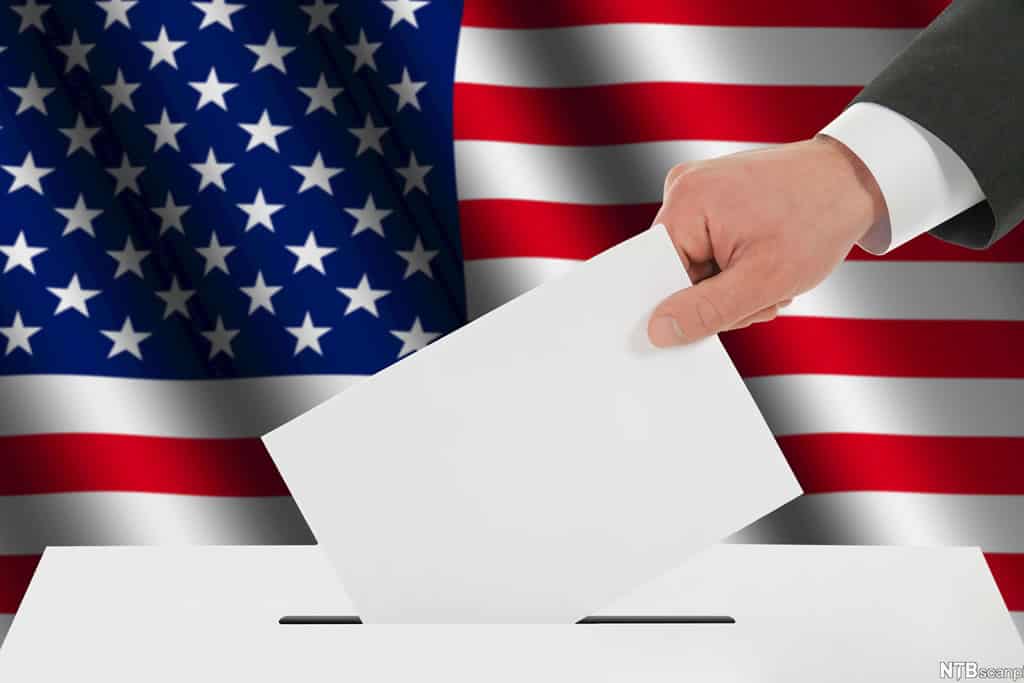
In the United States minority voting is an obstacle course
On 22 September in the United States, thousands of volunteers took to the streets for National Voter Registration Day, an initiative that since 2012 has been involved in convincing as many Americans as possible to register on the electoral roll. In the same days, Snapchat also launched a new tool that allows users to register on the electoral lists via the application, which reaches more than 400,000 people. Online and offline, the goal remains the same: to increase American voter turnout ahead of the November elections.
The United States is one of the democratic countries with the lowest electoral turnout in the world: in 2016, only 65% of registered voters went to the polls. The reasons are many, and depend above all on the nature of the US electoral system: Election Day, for example, is always a weekday, and many citizens cannot take leave to vote. Furthermore, voluntary registration on the electoral roll is the sine qua non for voting: a bureaucratic procedure which, however, puts the least educated sections of the population in difficulty.
And if, due to an antiquated system, voting is therefore not easy for any American, it is even more so for minorities. And it is not a case. By voter suppression, we mean that set of strategies used to influence the outcome of the elections, making it very difficult – or often, impossible – for specific segments or groups of the population to go to the polling stations. In America, these measures appeared – paradoxically, or perhaps not – shortly after the extension of the right to vote to former slaves, which came in 1870 with the approval of the Fifteenth Amendment.
Only five years later, the Democrats launched the Mississippi Plan, a political battle of intimidation to take back a state where the overwhelming majority of former slaves had voted for the Republican party that supported their emancipation. At the time, paramilitary organizations such as the Red Shirts not only limited themselves to putting economic pressure on fledgling Republican voters, but went so far as to whip and kill political opponents. Since 1890, Democrats in power in Mississippi have passed a new constitution that included electoral taxes and literacy tests, two measures aimed at targeting the black, poor, and badly educated electorate. Until 1964, this kind of legal restriction was adopted by various Southern states, along with local and individual state laws on racial segregation, the Jim Crow.
Meanwhile, polling violence in these states has continued to spread. To the point that black veteran Maceo Snipes was killed in 1946, at the age of 37, for voting in the Democratic primary, in Georgia. Maceo was the only black person to go to the polls in his county, despite being warned that the vote would be “the last thing he would do.”However, events began to take a different turn in 2013, shortly after the election of Barack Obama, when the frightened conservative majority of the Supreme Court amended the Voting Rights Act, leaving, among other things, a free hand to individuals states on electoral rules.
Former judge Ruth Bader Ginsburg, who passed away on September 18, strongly opposed this sentence, affirming that abolishing a law because it works “is like throwing away an umbrella during a storm because you’re not getting wet. “Since that time, Republicans at all levels have made it increasingly difficult for minorities to cast their votes through a wide range of gimmicks: Texas, for example, was the first state to introduce the requirement to show an identity document accompanied by a passport photo, a “bureaucratic nightmare” for many voters, especially if they are poor, elderly, black or Latino. To date, 35 US states have adopted this measure. Another example of voter suppression is the so-called electoral purges, or the elimination of voters from the lists in the event of death, change of residence, and other more or less controversial reasons.
Due to the pandemic, in 2020, the option to vote by post is increasingly plausible, although in five States, it is not allowed if there is no “valid reason.” Trump himself has opposed this prospect, stirring up the bugbear of election fraud and delays in counting votes. In reality, voting by mail would restore the voice to those millions of victims of voting suppression, while only 1 in 5 Republicans say they are willing to use this system. In short, without traps and more or less legal subterfuges, Trump and the Republicans know they do not have much hope: it is since 1988 that the majority of the popular vote has gone to the Democrats. The only exception: the 2004 presidential elections. The next four years of the Grand Old Party in the White House are at stake on the vote by post and the recent Supreme Court issue.




